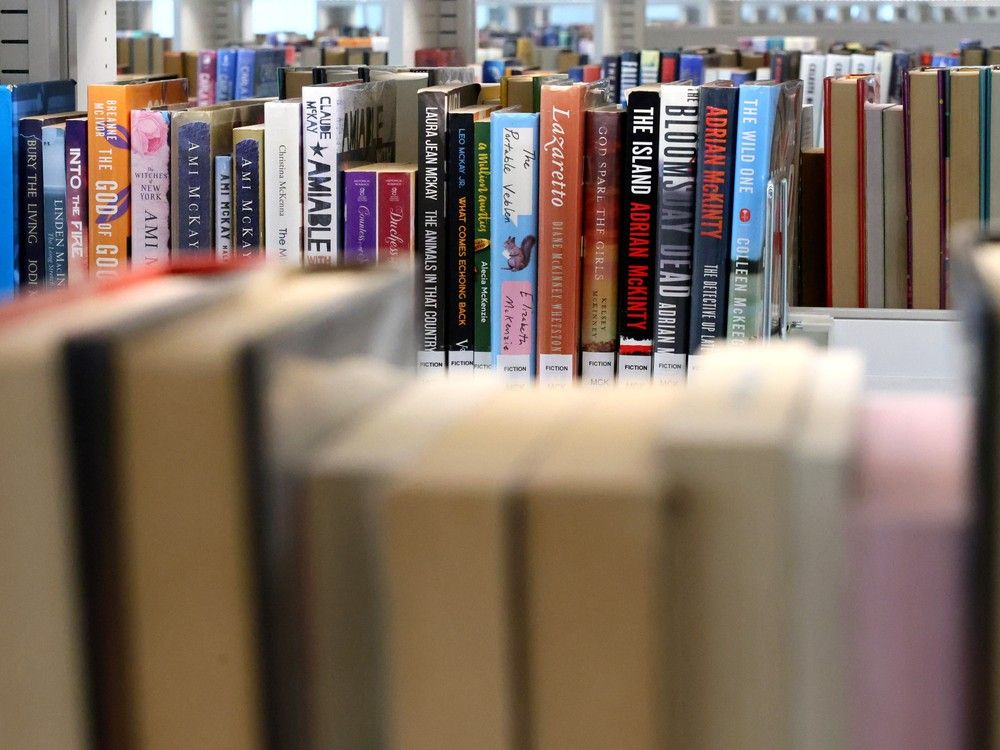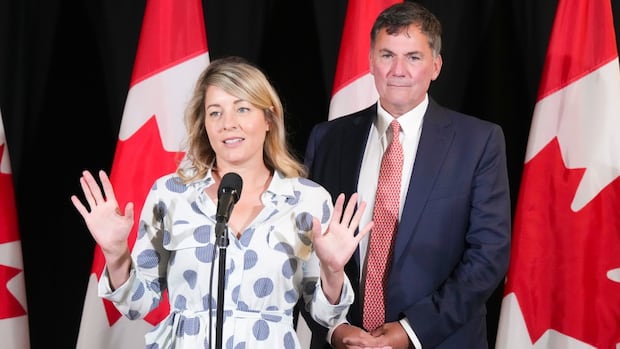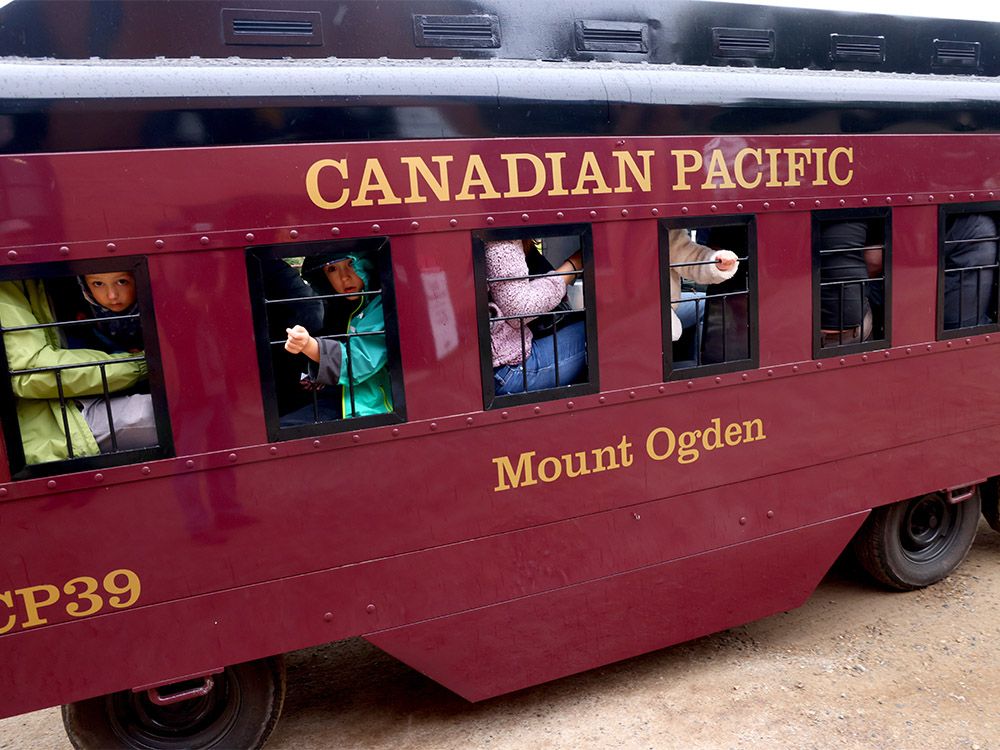The federal NDP are stuck in neutral while its provincial parties find momentum

Federal NDP Leader Jagmeet Singh says his party has built a “strong brand across the country” — but lately, that brand appears to be doing a lot better in provincial politics than at the federal level.
In British Columbia, where Singh is one of 13 B.C. NDP MPs, Premier David Eby’s New Democrats are leading in the polls heading into a general election this fall. The provincial NDP led by Wab Kinew unseated the incumbent Progressive Conservatives in Manitoba last year after seven years in opposition.
Polling suggests that while the Saskatchewan NDP isn’t expected to win that province’s general election in the fall, it’s anticipating its largest electoral gains in over a decade under leader Carla Beck.
Alberta New Democrats overwhelmingly chose former Calgary mayor Naheed Nenshi last month to lead the party into the next election. Nenshi is openly floating the idea of holding a vote to separate the provincial party from its national counterpart.
And federal New Democrats hold just 24 of Parliament’s 338 seats — a sharp decline from the 103 seats they took when they became the Official Opposition in 2011. According to the 338Canada polling aggregation site, the federal party stands at 17 per cent nationally. The New Democrats have so far failed to capitalize on the federal Liberals’ struggle to reverse their long slide in the polls.
Still, Singh said he’s bolstered by the successes of his provincial cousins.
“We’ve seen great breakthroughs where people have seen the horrible impact of Conservatives in Manitoba … They rejected the Conservative [Heather] Stefanson government and the [Brian] Pallister government before that, who cut and gut health care,” Singh said at a press conference in Timmins, Ont. on Monday.
“We’re seeing that in Saskatchewan. We’re seeing the cuts are finally hurting people so much that they’re saying we’ve got to look for an alternative.”
So why do New Democrats seem to enjoy better luck in provincial politics?
One of the architects of Jack Layton’s “orange wave” in 2011, former NDP national campaign director Brad Lavigne, said provincial New Democrats in the western provinces benefit from what are essentially two-party races.
But on a crowded federal stage, and with five parties in the House of Commons, Lavigne said, the NDP needs to find a way to repeat its near-sweep of Quebec ridings 13 years ago if it wants to be seen as viable in more areas.
“I think that there’s a ceiling that’s currently being put on the NDP federally because it just hasn’t been able to make a breakthrough in the province of Quebec,” he said.
With the high cost of living front of mind for many Canadians, he said, the NDP has an “obligation” to fight for blue collar voters being courted by Pierre Poilievre and the Conservatives.
“It’s a fight that I think that the NDP should relish. It is similar to the fight that we have in western Canada,” Lavigne said.
“When you take a look at the two competing visions of Wab Kinew and Heather Stefanson, the former Progressive Conservative premier, there couldn’t have been a more stark difference between the two visions. And that’s what we could have at the federal level, but we have to define those terms.”
An organizer with Premier Kinew’s campaign — who spoke with CBC News on background because they are not authorized to discuss the matter publicly — said that campaign focused on “pragmatic” policy proposals.
The organizer said that while getting legislation introduced for pharmacare and subsidized dental care were policy wins for the federal NDP, their political impact has been modest. They suggested this is because many voters already have coverage through work or a private provider.
Mike McKinnon, an NDP strategist who has worked for premiers Rachel Notley in Alberta and John Horgan in B.C., said the provincial parties have found success through a focus on “kitchen table issues.”
“[Kinew] said, ‘We’re going to get rid of the provincial gas tax until we get inflation under control,’ Fourteen cents a litre, boom, right back into people’s pockets,” McKinnon said.
“That is an extremely popular policy in Manitoba. It’s a recognition that the thing people were most focused on at the end of each day is how much money is in my pocket.”
McKinnon is volunteering on the Eby campaign. He said the B.C. NDP are taking a similar approach by zeroing in on affordability and housing.
WATCH | ‘People are really angry at the Liberals’: Singh reacts to Toronto byelection result:
NDP Leader Jagmeet Singh responds to questions about the Liberal Party’s loss in the Toronto-St.Paul’s byelection.
One obstacle the Manitoba NDP encountered was the link between the provincial party and the federal one. The organizer said operatives on the political right have done a “good job” of using the supply and confidence agreement between the federal Liberals and NDP to link Singh and Prime Minister Justin Trudeau in voters’ minds.
Mount Royal University political science professor Lori Williams cited “the success of the Conservative campaign to challenge the government and to brand it as the Liberal-NDP alliance essentially, or that they’re one and the same.”
“As an election approaches and centrist or left-leaning voters look at the options before them and they see the possibility of voting NDP making it more likely for the Conservatives to gain seats, they often flock to the Liberals,” she added. “So those are twin challenges that are faced by the NDP at the federal level.”
With the implementation of subsidized dental care and the first pharmacare legislation, McKinnon said, the federal NDP now has an opportunity to step out of the Liberal shadow.
“It’s the kind of thing where you can go to the doorstep and say, ‘Without more New Democrats in Parliament, we wouldn’t have this. And I want to do more of this for you.’ That’s the argument that the NDP needs to make,” he said.
Williams said incumbent governments of all stripes around the world are struggling in the current political climate.
“It’s not so much that the [Saskatchewan] NDP is ascendant, although that certainly is true in the polls. It’s partly that the Saskatchewan Party has, as an incumbent party, made a lot of unpopular decisions,” Williams said.
“So that incumbency could still affect what happens in Alberta and in British Columbia and in Saskatchewan. These multiple factors I think are quite dynamic.”
With just over three months until the provincial elections, B.C.’s major political parties are trying to boost their war chests. While some parties are flush with cash, others are struggling to get donations. As Katie DeRosa reports, the latest political donations show where voters’ loyalties lie.
Nikki Hill, a B.C. based NDP strategist with 25 years experience, said the party is watching this trend closely as the province’s campaign period approaches.
She said this is a unique race for B.C., with four parties currently represented in the legislature.
“The B.C. Conservatives are filling that right wing role as the B.C. United really is coming down, but B.C. United’s really not giving up that fight. So we’re in that unique space where it’s more like a federal election,” Hill said.
“That’s also a benefit, where there’s that juxtaposition of leaders on what they really stand for.”
Hill said she sees opportunity for the NDP to use the supply and confidence agreement to present itself as a government in waiting.
Citing the B.C. Green Party’s role in helping the B.C. NDP form government in 2017, Hill said it’s wise to make use of available power in a minority government setting.
“At some point you decide you’re going to roll that dice and take the gamble that either that gets you elected and gets you that support as government, or you’ve managed to bring on a really historic change,” she said.
“You go back to Tommy Douglas and medicare, it’s like, can you get that historic change that’s going to benefit Canadians for a long time?”
Lavigne said that at some point, the federal party must decide if it wants to be the conscience of the House of Commons or form a government.
“Have you raised the money that it takes to win? Do you have a slate of candidates that are cabinet-worthy? Are you seeking to put organizers in the field so that you can win in all regions of the country?” he said.
“I would ask any organizer to ask themselves those questions. And if all of those questions are answered with a yes, then that party is running to win. And if there’s some ‘nos’ in there, then I think it has some soul searching to do






